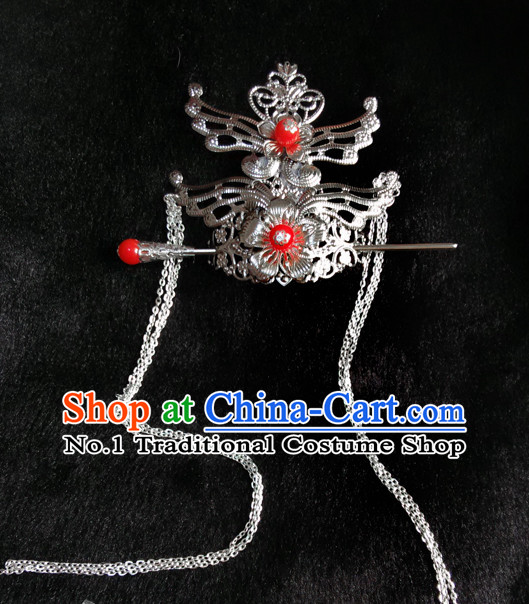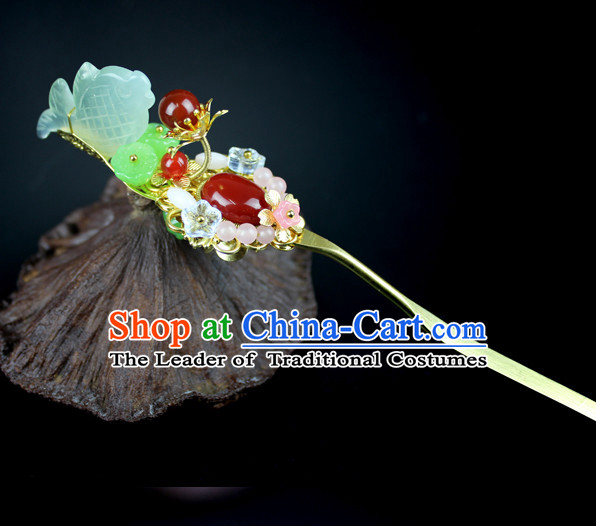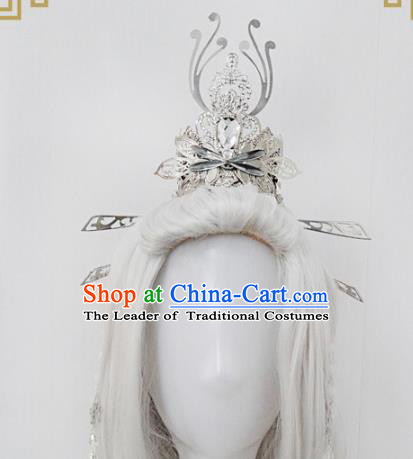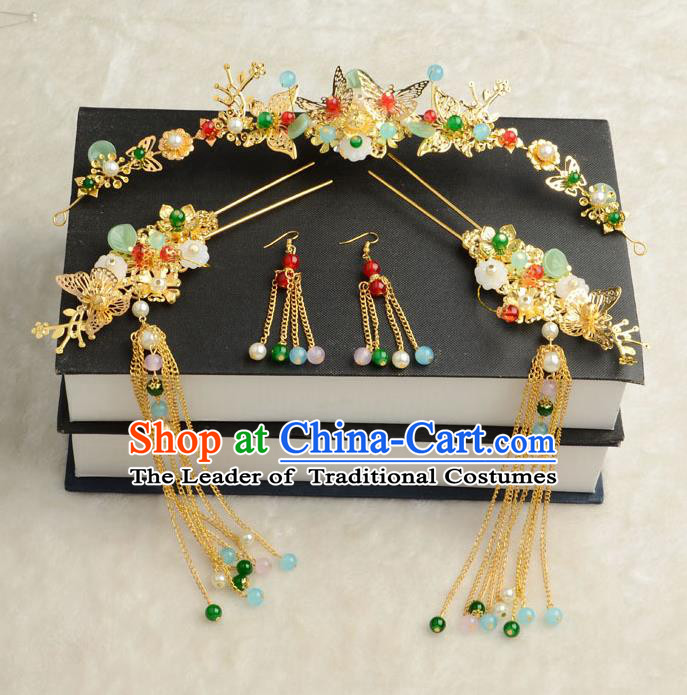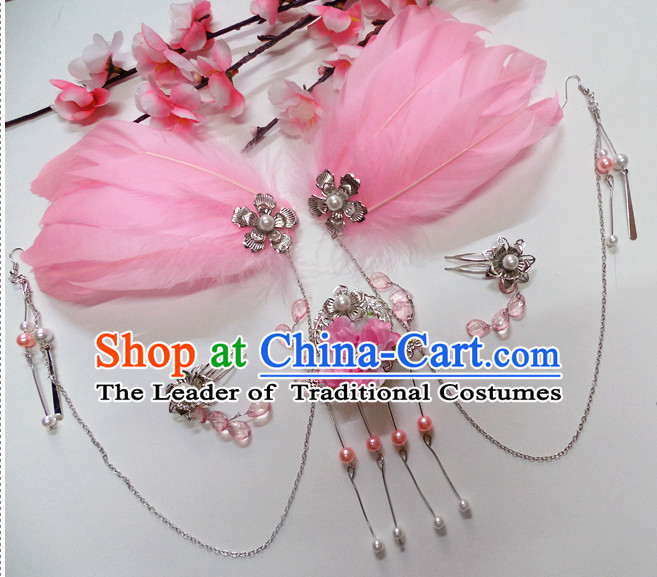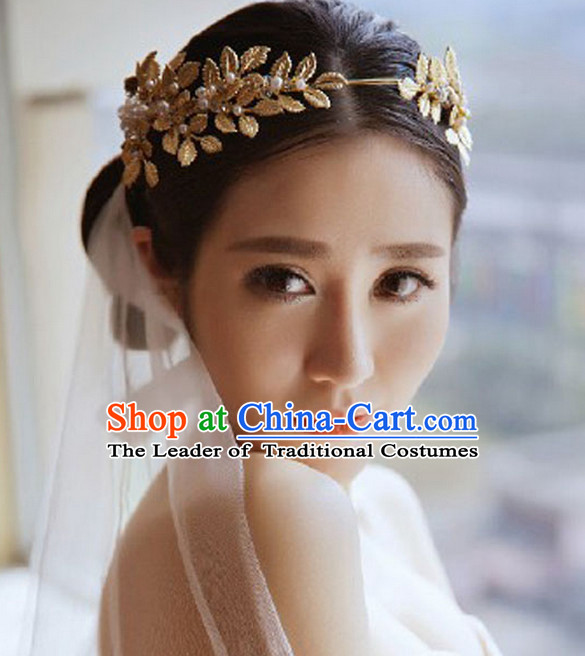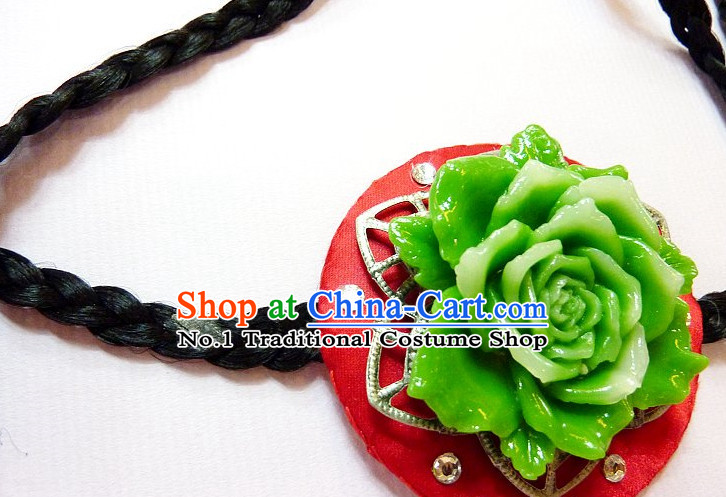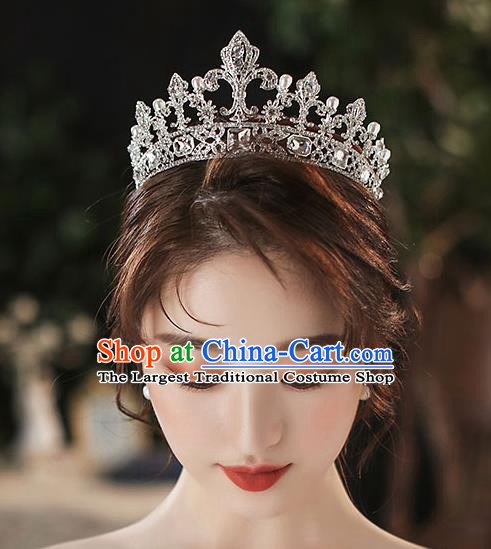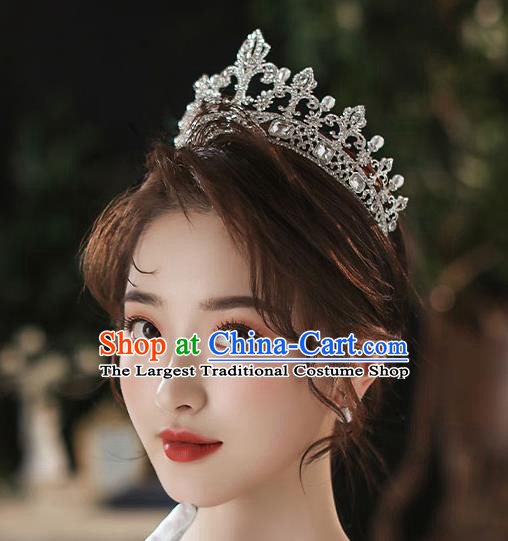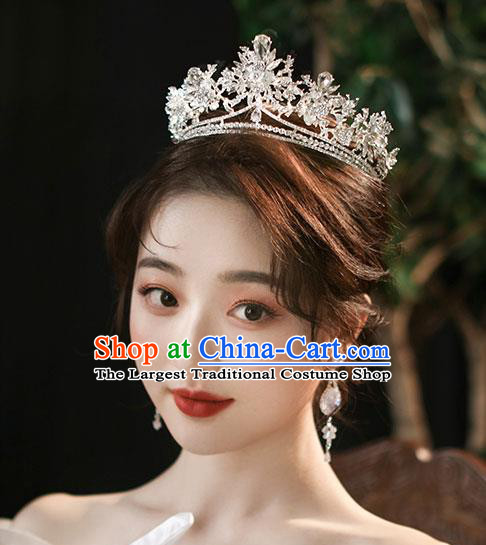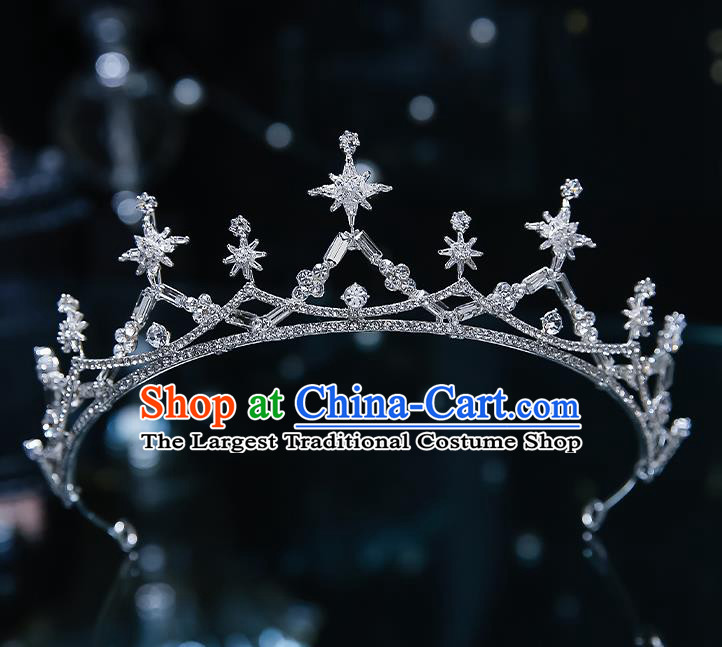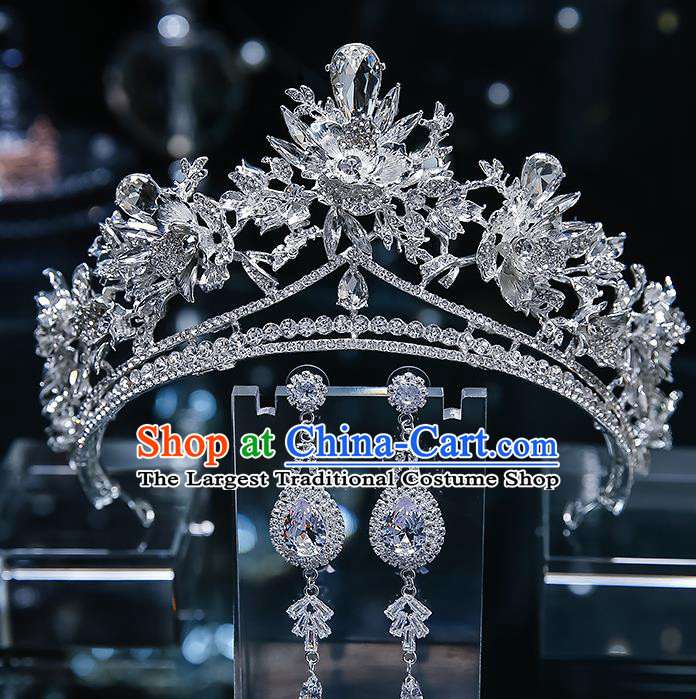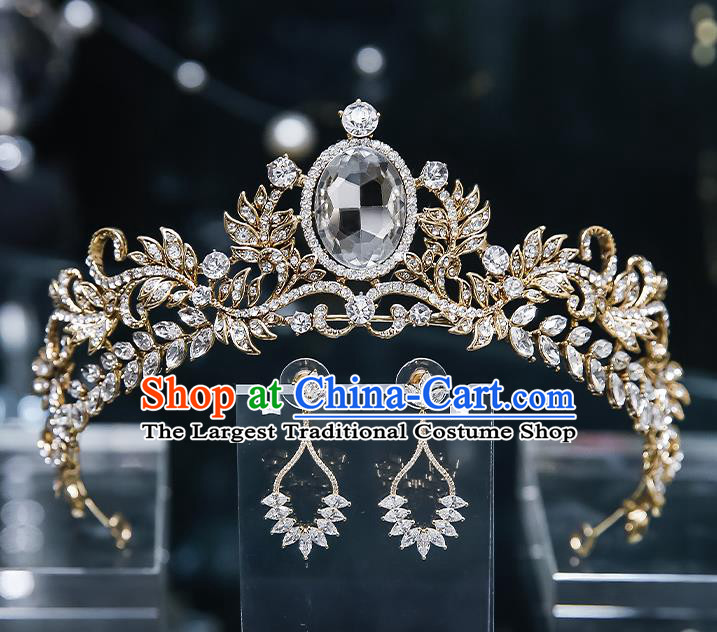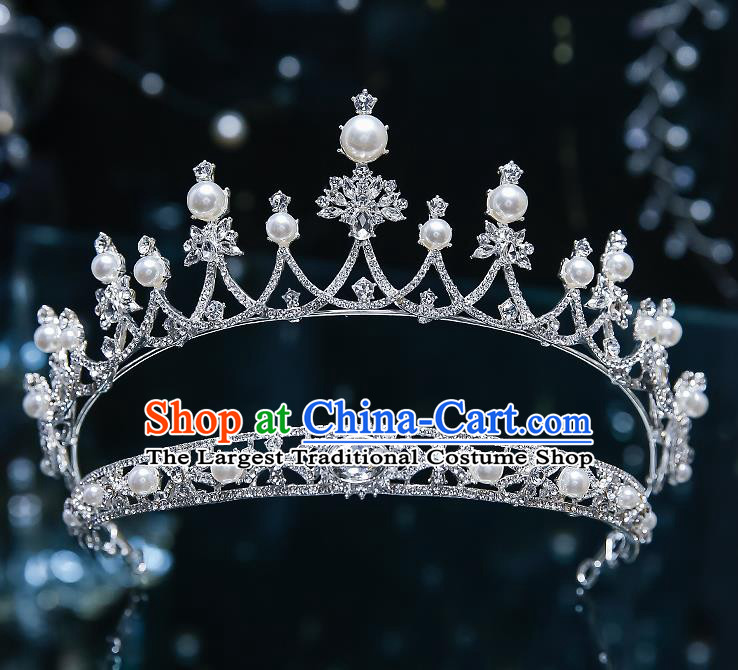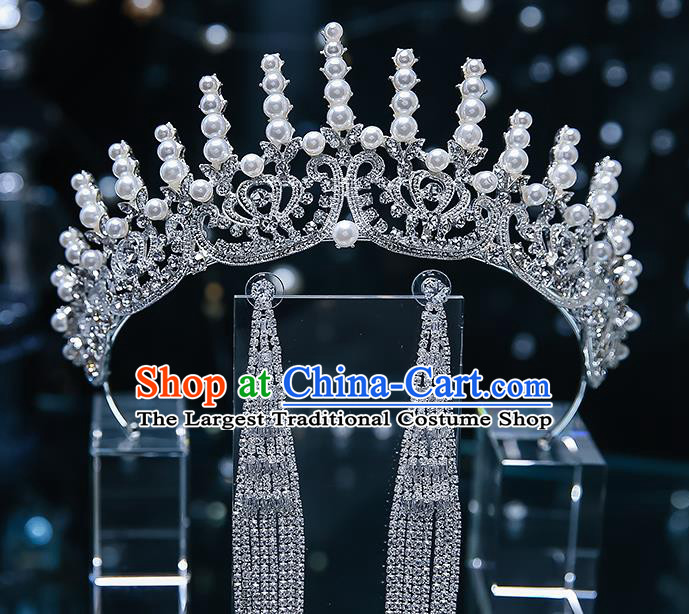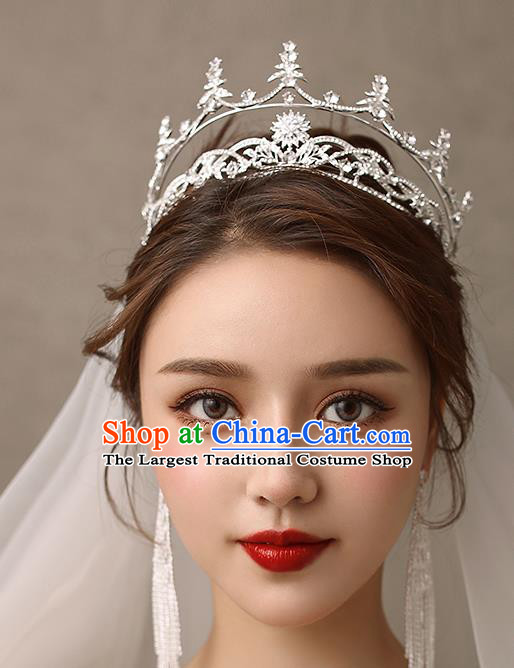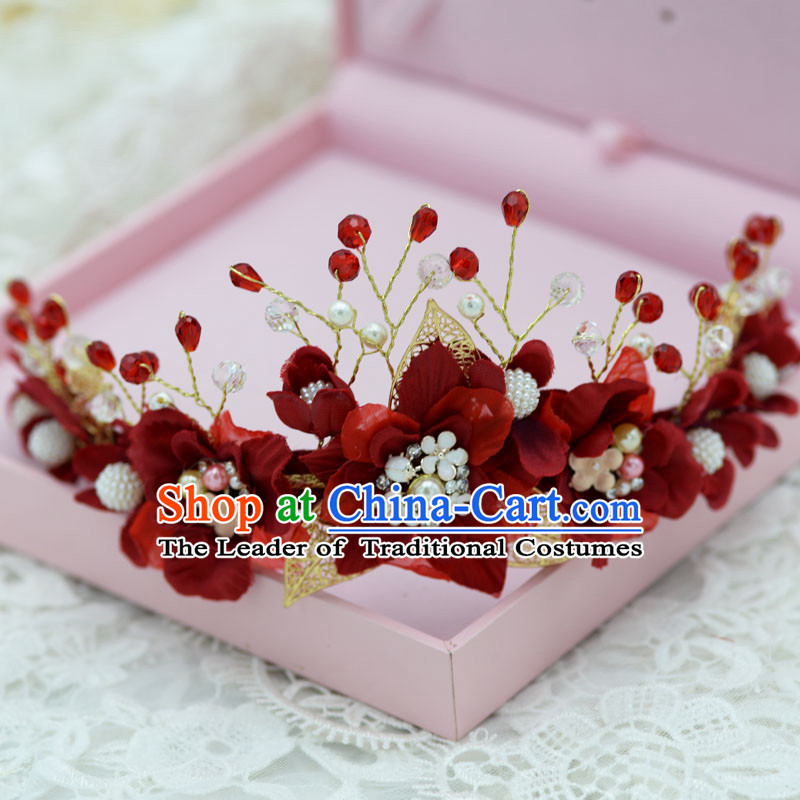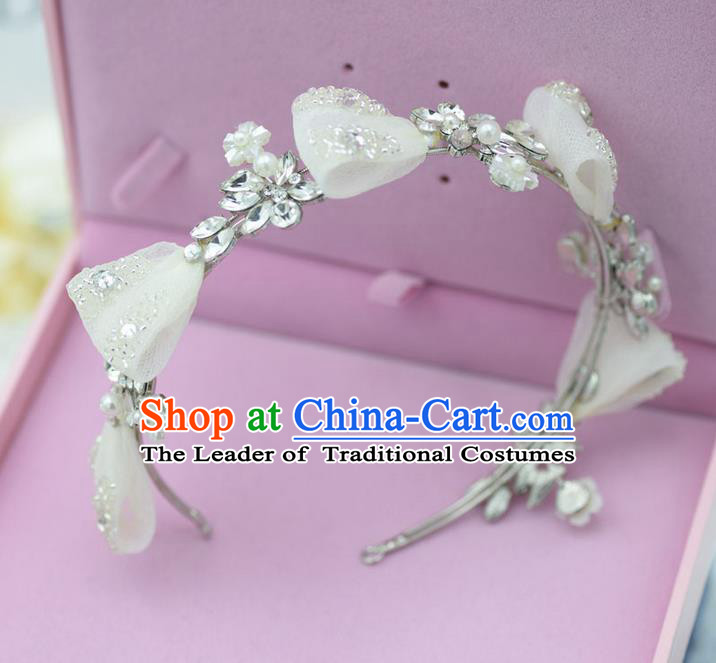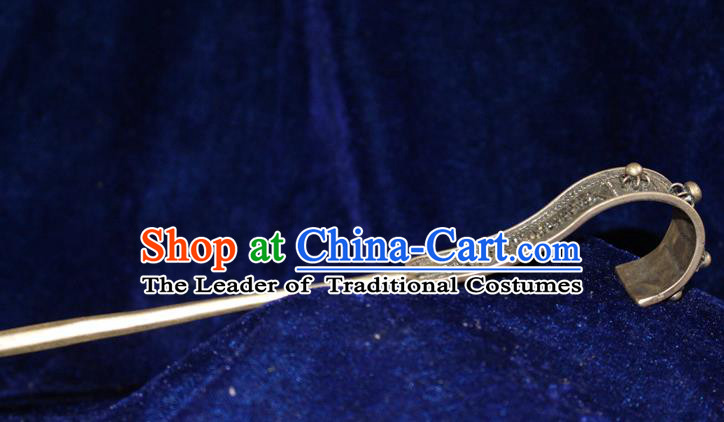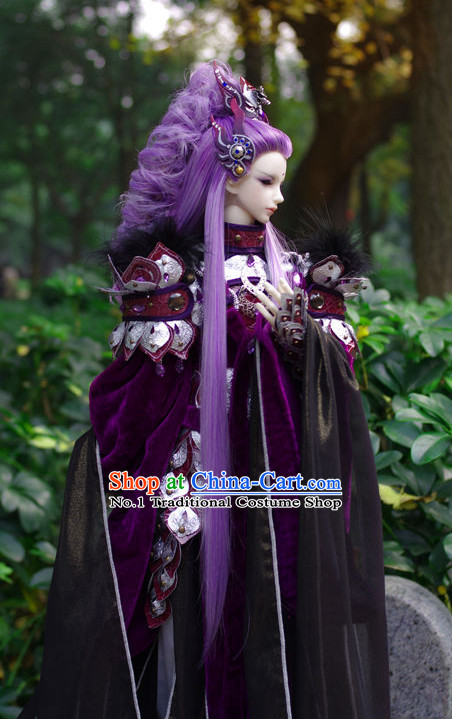
Click Related Pictures for More Audios:
Chinese classical hair accessories and hair accessory art are an important part of traditional Chinese culture, with rich historical significance and cultural connotations.
These hair accessories and hair accessory artworks showcase the charm and wisdom of ancient Chinese culture through their exquisite craftsmanship, unique designs, and profound cultural heritage.
In ancient China, hair accessories and hair accessory art were widely used in various fields such as the court, temples, and among the general public.
They were not only essential decorations in people's daily lives but also important means to express identity, status, and personal style.
For example, the "Chang Tou Feng" hair accessory from the Tang Dynasty, with its gorgeous shape and exquisite craftsmanship, became a symbol of fashion and beauty for women at that time.
The "Hua Niao Wen" hair accessory from the Song Dynasty, on the other hand, displayed the unique charm of ancient Chinese painting art through its delicate patterns and gentle lines.
In addition to traditional hair accessories and hair accessory artworks, modern designers are constantly innovating and developing Chinese classical hair accessories and hair accessory art.
By combining traditional elements with modern aesthetics, they have created a series of unique hair accessories and hair accessory artworks.
These works not only retain the characteristics of tradition but also incorporate modern design concepts, making them more in line with contemporary aesthetic needs.
In conclusion, Chinese classical hair accessories and hair accessory art are an important part of traditional Chinese culture, with rich historical significance and cultural connotations.
They are not only essential decorations in people's daily lives but also important carriers of the charm and wisdom of ancient Chinese culture.
By appreciating and learning these hair accessories and hair accessory artworks, we can better understand and inherit traditional Chinese culture while also experiencing the beautiful emotions and life interest they embody.

